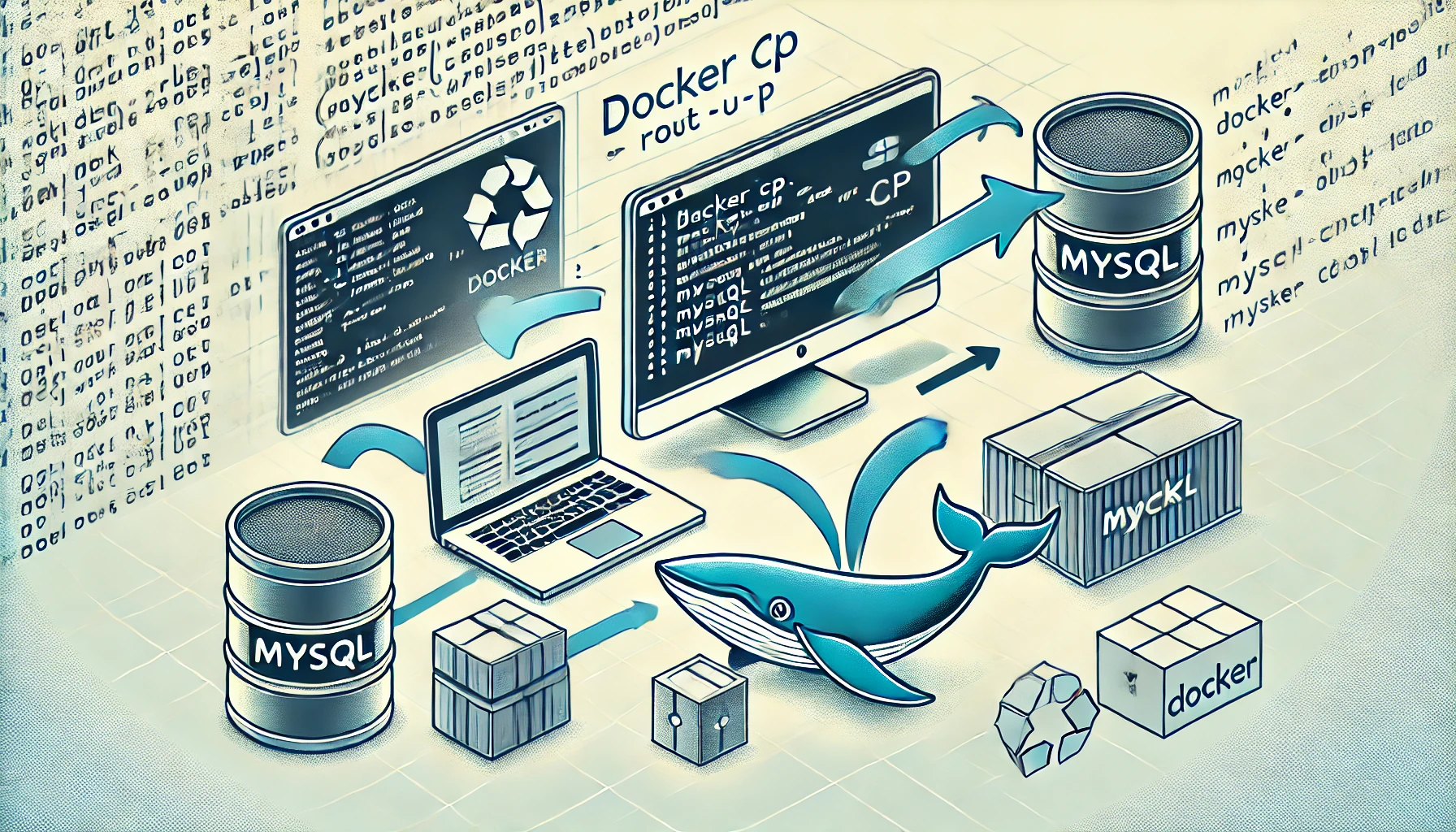How to Restore a MySQL Database from Your Local Computer to a Docker Container
Restoring a MySQL database from a local computer into a Docker container can be a straightforward process. This guide will walk you through the steps needed to accomplish it, ensuring that your database is restored correctly inside the container.
Prerequisites
Before starting, ensure that you have the following:
- Docker installed on your local machine.
- A running Docker container with MySQL.
- A MySQL dump file (
.sqlfile) available on your local machine.
Step 1: Set Up Your MySQL Docker Container
If you don’t already have a MySQL container running, you can create one using the following command:
docker run --name mysql-container -e MYSQL_ROOT_PASSWORD=rootpassword -d mysql:latest
This command will:
- Create a new container named
mysql-container. - Set the root password for MySQL to
rootpassword. - Pull and run the latest version of the MySQL image.
Once the container is running, verify it by checking the status:
docker ps
You should see your MySQL container in the list of running containers.
Step 2: Copy the MySQL Dump File into the Docker Container
You will need to copy the MySQL dump file from your local machine into the Docker container. Docker provides the docker cp command to do this.
Suppose your dump file is located at /path/to/dumpfile.sql, you can copy it to the container using the following command:
docker cp /path/to/dumpfile.sql mysql-container:/tmp/dumpfile.sql
This command copies the dumpfile.sql into the /tmp directory of the mysql-container.
Step 3: Connect to the Docker Container
Next, you’ll need to connect to the Docker container to restore the database. You can do this by running an interactive bash session inside the container:
docker exec -it mysql-container bash
This command will drop you into the terminal inside the container.
Step 4: Restore the MySQL Database
Once inside the container, use the MySQL command-line client to restore the database. First, connect to the MySQL server:
mysql -u root -p
You will be prompted for the MySQL root password (in this case, it’s rootpassword).
After you have successfully logged into MySQL, you need to create a new database (if one does not already exist) to restore your dump file into. For example:
CREATE DATABASE my_database;
Now, exit the MySQL client by typing exit or pressing Ctrl + D.
Next, restore the database using the mysql command. Since you copied the dump file to /tmp/dumpfile.sql, you can run the following command:
mysql -u root -p my_database < /tmp/dumpfile.sql
This command will import the dump file into the my_database that you created earlier. Enter the root password when prompted.
Step 5: Verify the Restoration
After the restoration process completes, you can verify the contents of the database by logging back into MySQL:
mysql -u root -p
Then, switch to the restored database and list the tables:
USE my_database;
SHOW TABLES;
If the tables from your dump file are listed, the restoration was successful!
Conclusion
Restoring a MySQL database from your local computer into a Docker container is a relatively simple process that involves copying the dump file into the container, restoring the database using the MySQL command-line client, and verifying the restoration. Docker makes it easy to manage and interact with containers, providing a flexible environment for database management and development tasks.
By following the steps outlined in this guide, you should be able to restore your database successfully. Happy coding!

